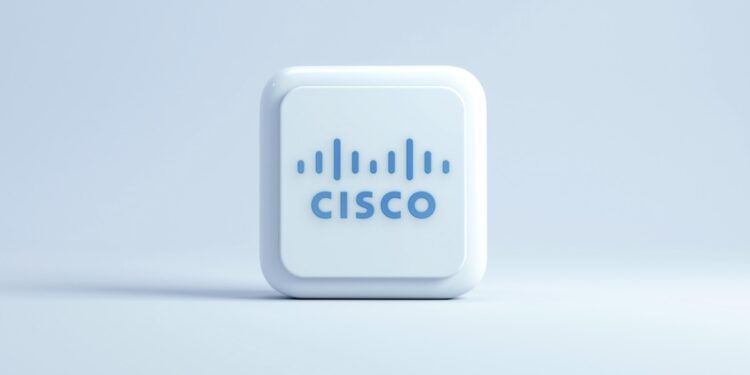Leading technology companies Cisco and Atlassian have released a series of critical security patches to address multiple high-severity vulnerabilities across their product lines. These advisories emphasize the ongoing need for vigilance in cybersecurity, urging users and administrators to apply updates immediately to protect against potential exploitation.
Cisco’s latest security advisories highlight a critical vulnerability (CVE-2025-20286) in its Identity Services Engine (ISE) when deployed on cloud platforms such as AWS, Azure, and Oracle Cloud Infrastructure.
This flaw, with a CVSS score of 9.9, stems from improperly generated static credentials, potentially allowing unauthenticated remote attackers to access sensitive data, perform limited administrative operations, or disrupt services. Proof-of-concept exploit code for this vulnerability is already publicly available, underscoring the urgency of patching.
Cisco also addressed a high-severity denial-of-service (DoS) vulnerability (CVE-2025-20271) in Cisco Meraki MX and Z Series AnyConnect VPN, and a similar DoS bug in the Universal Disk Format (UDF) processing of ClamAV (CVE-2025-20234). The company has stated it is not aware of in-the-wild exploitation for these specific vulnerabilities but strongly recommends prompt updates.
Atlassian, a major provider of collaboration and development tools, has also issued patches for several high-severity vulnerabilities affecting its Data Center and Server products, including Bamboo, Bitbucket, Confluence, Crowd, and Jira.
Many of these vulnerabilities involve third-party dependencies, posing risks such as improper authorization (CVE-2025-22228 in Spring), denial-of-service conditions (CVE-2025-24970 in Netty framework, CVE-2024-57699 in Netplex Json-smart, and CVE-2025-31650 in Apache Tomcat), and path traversal issues (CVE-2024-38816). A privilege escalation vulnerability (CVE-2025-22157) in Jira Data Center and Server products was also addressed.
Organizations leveraging these widely used platforms are strongly advised to review the respective security advisories and implement the recommended patches without delay. Timely patching is a cornerstone of effective cybersecurity, mitigating the risk of data breaches, system outages, and unauthorized access. Both companies continue to monitor the threat landscape and provide ongoing guidance to help their customers maintain secure environments.
















